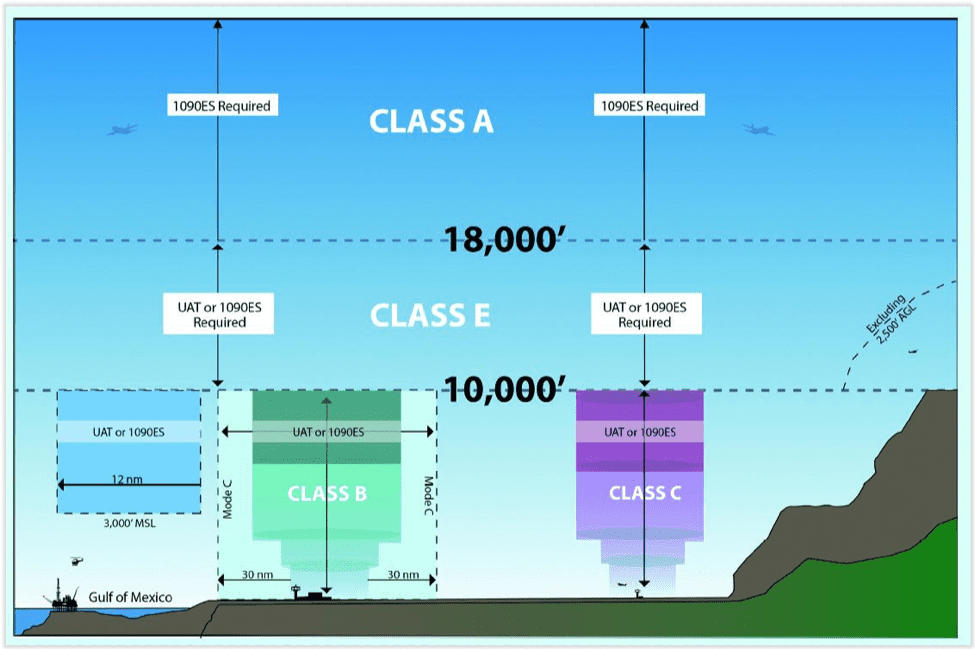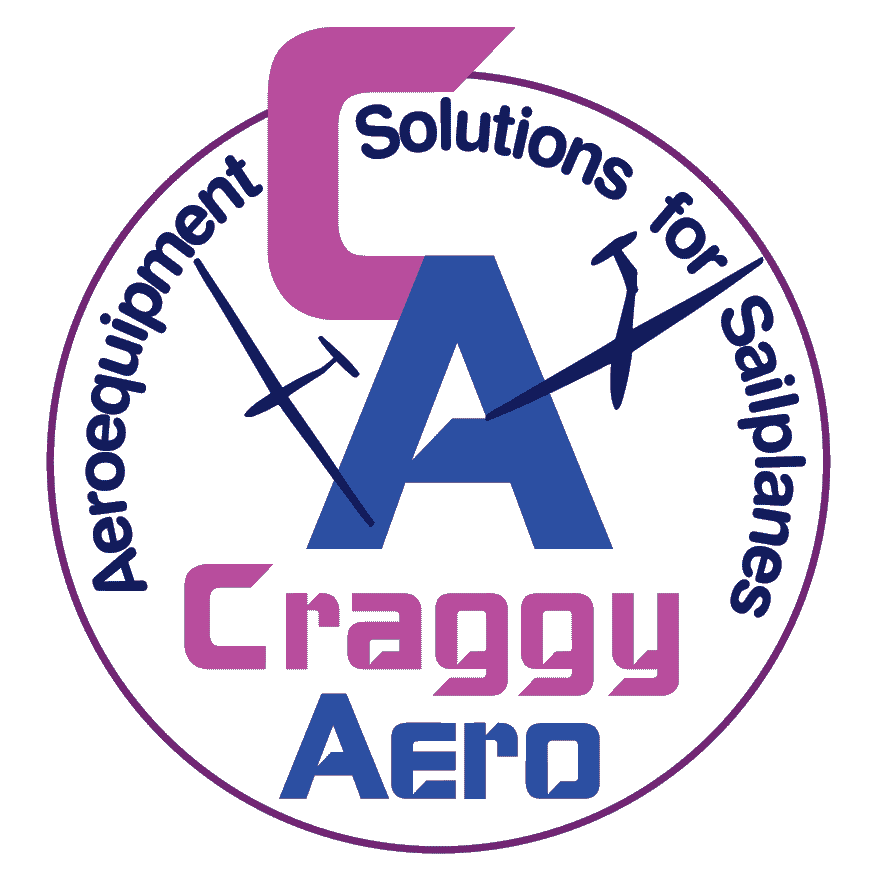Starting January 1, 2020, you must be equipped with ADS-B Out to fly in most controlled airspace, gliders have the exemption above.
TN72 GPS – TABS (Traffic Awareness Beacon System) configuration uses SIL 1 in the transponder settings.
TABS is the FAA technical standard that enables voluntary equipage of ADS-B Out. The TN72 using TABS is ideal for certified gliders and Part 23 aircraft, operating outside of U.S. 2020 rule ADS-B airspace as a means of enhancing visibility and triggering traffic.
If you want to fly a glider in the airspace not covered by the exemption you must comply. So TABS (TT22/TN72) in a standard class aircraft cannot fly in the airspace below.
| Airspace | Altitude |
|---|---|
| A | All |
| A Wave Window | What about Wave Windows ( this is specified by the letter of agreement for your wave window) |
| B | From the ground up within the Mode C ring |
| C | From the ground up |
| E | Above 10,000 ft MSL over the 48 states and DC, excluding airspace at and below 2,500 ft AGL |
| E | Over the Gulf of Mexico at and above 3,000 feet MSL within 12 nm of the coastline of the United States |
| Airspace within 30 nautical miles (nm) at certain busy airports from the surface up to 10,000 feet MSL; airports listed in appendix D to part 91 | |
| Above the ceiling and within the lateral boundaries of a Class B or Class C airspace area up to 10,000 feet MSL | |
Any airspace that requires the use of a Transponder today will on January 01, 2020 also require aircraft to be equipped with a Version 2 ADS-B Out system. This can be either a 1090ES (DO-260B) ADS-B system or a UAT (DO-282B) ADS-B system.
For aircraft operating above FL180 (18,000 ft.) or to comply with ADS-B mandates outside the United States, you must be equipped with a Mode-S transponder-based ADS-B transmitter. For aircraft operating below 18,000 ft. and within the United States ADS-B rule airspace, you must be equipped with either a Mode-S transponder-based ADS-B transmitter or with UAT equipment.


